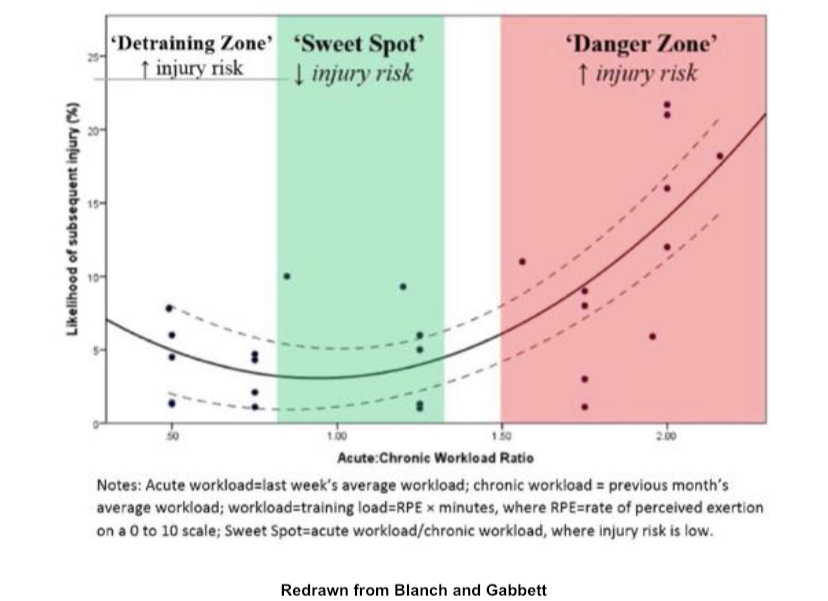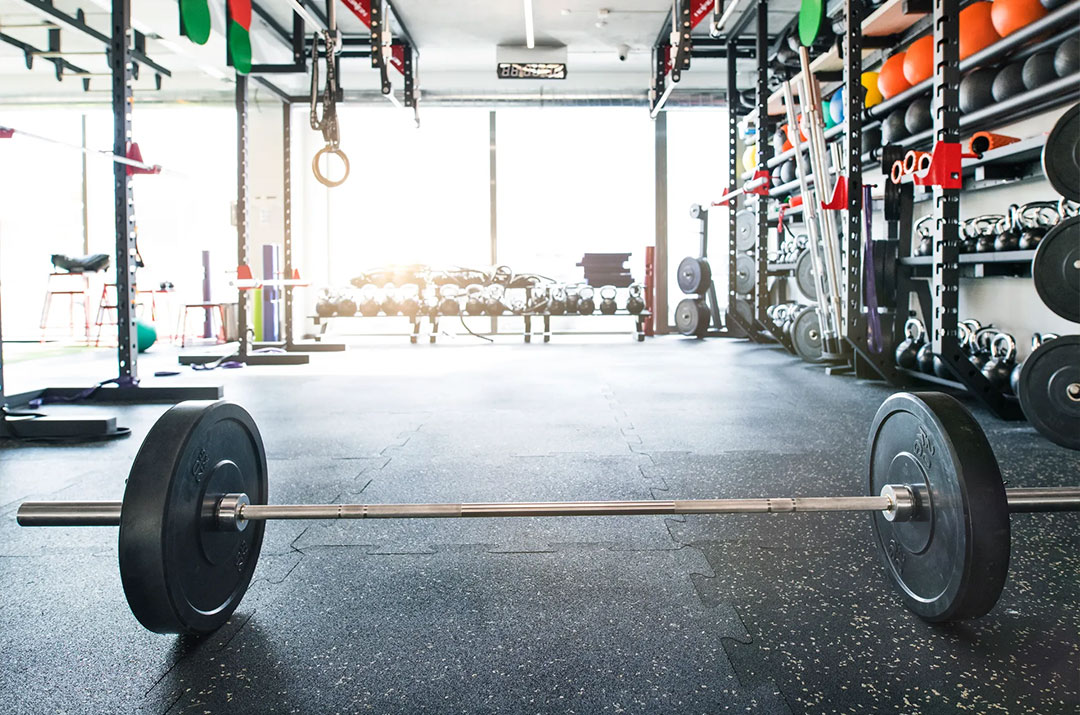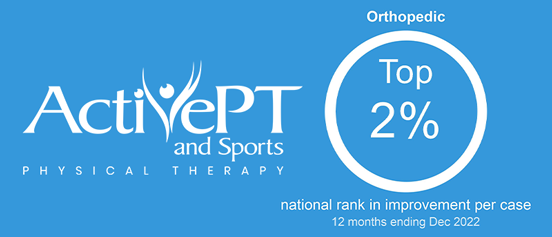By, Courtney Hilmanowski, DPT, OCS
One of the most frequent questions we get asked in the clinic is: can I continue to train while injured? The short answer is YES, you can continue to train while injured! Our lifting experts are here to help you continue to meet your goals, modify your program, and work with you to prevent injury from occurring in the future.
Why does injury occur?
A common reason for injury with lifting can be a result of either a quick spike in training volume, or a jump in weight over a short period of time. In the clinic, we refer to this as the acute to chronic workload ratio. Acute workload is the work that is completed over a 7 day period. Chronic workload is the average work performed over a 4 week period. When we see these two values close to one another (0.8-1.3), the body is typically pretty happy, and there is a decreased risk of injury. This is referred to as the “Sweet Stop” in the graphic below. Problems can arise when we jump too quickly into a high volume program, or by significantly increasing weight without a proper ramp up period. Big jumps in acute workload and shift our acute to chronic ratio more towards the “Danger Zone” which is where injuries are more likely. The goal of fitness is to improve the body’s ability to tolerate high intensity exercise on a consistent basis. In order to safely reach the goal of improved fitness, we recommend a gradual ramp up phase, so that we decrease injury risk and optimize performance.

Tips on safely returning to the gym
When returning to the gym after or during injury, or after a period of time out of the gym, here are a couple of things to consider:
- Gradual return to volume. If prior you were going to the gym 5 days per week, when you get back into your program, starting at 2-3 days and working your way towards 5 days a week over a 4-6 week period.
- Building strength gradually. Your body will likely not tolerate jumping back into your 1RM, or your normal load. Start at 50-60% of your previous weight and add 5-10% over a 4-6 week period.
- Avoid the red zone! Your first sessions back, keep your rate of perceived exertion at 5-6. Meaning the workout is hard, the weight is moderately heavy, but you have some gas left in the tank.
- Quality → Quantity → Intensity. Start with a comfortable weight that you are able to move with good form = Quality. If you have mastered the lift, and have sound form, moving to a weight that you can tolerate higher volume= Quantity. Once you can sustain a high volume with good form, work towards adding that into a high-intensity program, or towards more of a max lift= Intensity.
Expert care is available to you
Our lifting experts are here to help you! Struggling with returning to lifting after an injury? Not quite sure what to modify? Nagging pain that will not dissipate? Looking to take your lifting performance to the next level? Our lifting injury experts are here to help. If you are dealing with a lifting injury or are interested in improving your lifting performance, contact us today for a free 15-minute screening appointment in person or via live video to get your questions answered quickly.

Courtney Hilmanowski, DPT, OCS

Adam Shaffer, DPT, OCS



